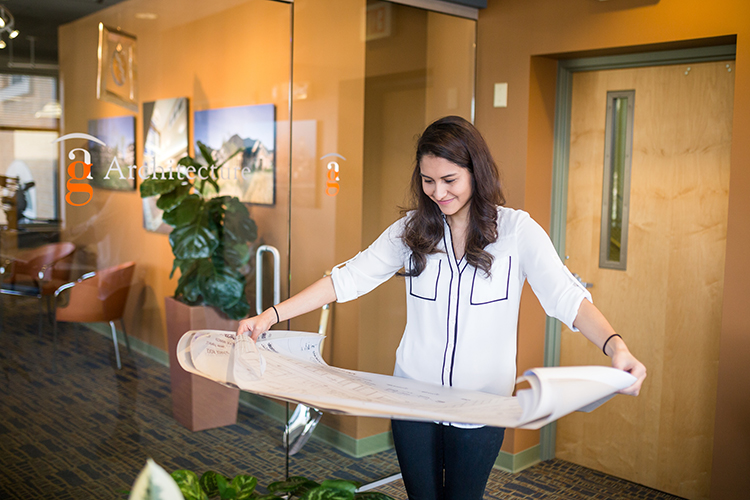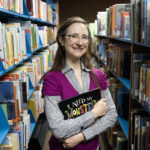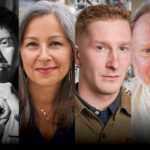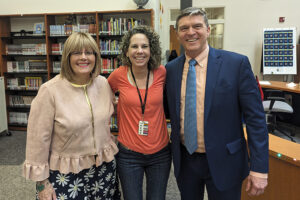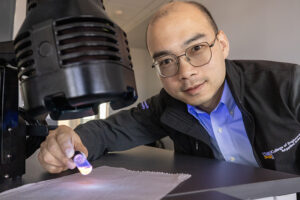Jarincy Flores Rodriguez graduated with a bachelor’s in architectural studies in May. Throughout her time at UWM, she has been part of the Wisconsin Alliance for Minority Participation (WiscAMP) program. WiscAMP is Wisconsin’s version of the national Louis Stokes Alliance for Minority Participation program, designed to encourage more diversity in the science, technology, engineering and mathematics fields. A first-generation student who is fluent in English and Spanish, she grew up in Sheboygan.
How did being involved with WiscAMP help you in your college career?
In addition to helping with STEM subjects — all of which are part of architecture — they do a lot of work with helping you present yourself. You come into college as a teenager, and you don’t really know how to present yourself in the business world. They also help you build your resumé and get involved in networking. It also gave me opportunities to go to various conferences related to my major. The program was wonderful, and I’d recommend it. They really do care about you and your success.
How did the mentors in the program help you? Didn’t some of them come from outside the field of architecture?
Yes, actually going through the program, I had four different mentors: Barton Adrian (senior lecturer) is in mathematics; Jian Zhao (associate professor) is in civil engineering; Wilkistar Otieno (associate professor) is in industrial and manufacturing engineering; and Anja Blecking (assistant professor) is in chemistry. They were all very helpful and very patient with me. The mentors try to work with our schedules. They’re all very busy individuals, but they make the time for us.
Why did you decide to go into architecture?
I’ve always had an interest in buildings and how they work. When I was young, I used to sit and figure floor plans of a house, just make little drawings. I’ve had an interest in the arts field, and the program here at UWM does a really good job of combining design and art with architecture. Mostly, I wanted to leave a mark for future generations to look at so that when I design some really great building, I hope that my grandchildren would come and say, “My grandmother designed that.”
How has the focus on community design in architecture influenced you?
Big cities have a lot of issues, like segregation. If there’s a way that architecture can influence and help mend those problems, that’s something I’m interested in. My senior year I took part in the Urban Edge Award with Nikole Bouchard (assistant professor of architecture). We looked at areas of concern in Milwaukee like the Kinnickinnic corridor, the 30th Street industrial corridor, the estuary (where the Menomonee and KK rivers come together). In the 30th Street corridor, for example, there are a lot of vacant houses, lots and industrial buildings in what was formerly Milwaukee’s industrial powerhouse.
With 15 other students, I got to work with architects, designers and artists who gave us design prompts in a series of workshops. At the end, we had a symposium showing our designs, and a ton of stakeholders came through. Architecture can’t solve all the problems, but we need to get other people involved in the conversation to try to figure something out.
What’s next for you? Are you planning to stay in Milwaukee?
I want to take two years off between undergrad and graduate school, just to figure out exactly what I want to do in developing a thesis for graduate school. I’m staying in Milwaukee and continuing to work as an intern at AG Architecture.
